can tight pelvic floor muscles cause constipation
Find out the incredible facts behind what really causes constipation right away. We Offer Many Effective Minimally Invasive Treatments Aimed to Improve Quality of Life.
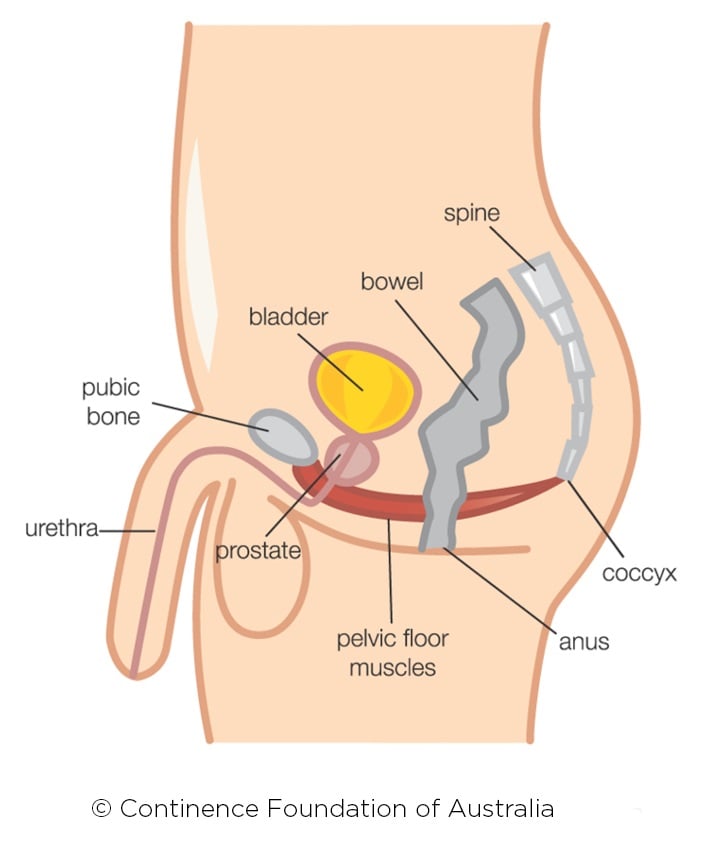
The Hypertonic Pelvic Floor Continence Foundation Of Australia
You can help your pelvic floor muscles relax by having your feet on a stool in 90 degrees or greater of hip flexion knees.
. Not only do tight pelvic floor muscles cause constipation it causes a ton of other issues as well. This condition also called levator ani syndrome or and previously called vaginismus is a common cause vestibulodynia pain of the vestibule and dyspareunia painful sex. Some women have a tight pelvic floor where the muscles refuse to relax.
Contributing factors include high anal resting pressures incomplete relaxation of the pelvic floor and external anal sphincters. Unfortunately this causes a lot of confusion among patients. Pelvic floor dysfunction is the inability to correctly relax and coordinate your pelvic floor muscles to have a bowel movement.
These cause rhythmic muscle contractions in the intestines. Pelvic floor physical therapists can teach you exercises and stretches to. In constipation the pelvic floor muscles are tight and overactive and do not know how to relax.
When the pelvic floor muscles are in spasm they often cannot relax sufficiently enough to allow stool to pass through the external. The pelvic floor located below the rectum is made up of many different muscles including the puborectalis muscle and the external and internal anal sphincter muscles. 6- Bring your whole attention to the pelvic floor muscles and sphincters.
This can be due to either tight pelvic floor muscles or a situation where the posterior wall the wall that separates the vaginal and rectal canals is weak causing fecal matter to become stuck. When defecating the abdominal muscles should contract easily whilst the anus muscles gently relax. Common symptoms often found within patients with a tight pelvic floor are pain or discomfort with urination bowel movements or sex Many runners have tight pelvic floor muscleswhich can cause problems And if any muscles are weak or tight or For most people a medical history and physical examination may be all that is needed for diagnosis and.
There are many causes of hypertonic overly contractile tight pelvic floor muscles including emotional states such as high stress anxiety or. If a muscle is overused it gets tired and when it. A pelvic floor physical therapist can help you determine if your pelvic floor is hyper-active and not relaxing if your muscles are tight or if you are having difficulty coordinating relaxing from a contracted state which can contribute to symptoms such as incontinence pain and constipation.
When this happens it can cause pain anywhere the. Muscle spasms and contractions in the pelvic area. Focusing means you have to exactly know where theyre.
If your pelvic floor cant fully relax the anal sphincter will tighten when passing stool. Instability does not always lead to weakness but can especially when combined with overly tight muscles to compensate for the instability which btw leads to weakness in itself. Feelings of urgency bladder or bowel Pain when urinating.
Dysfunction of the pelvic floor muscles. By focusing on your sphincters and pelvic muscles you will start to feel the degree of their tension. If the pelvic floor has tight clenched muscles it can lead to pain.
When it comes to outlet constipation dysfunctional pelvic floor muscles are often the cause. The rectum is surrounded by sensory nerves that detect the filling of the rectum with food residues. Symptoms include constipation straining to defecate having urine or stool leakage and experiencing a frequent need to pee.
Contract your pelvic floor muscles think about stopping the flow of urine and then relax them. This sensation of rectal filling enables us to consciously or unconsciously. This can be addressed.
If the pelvic floor muscles in the rectum are too tight and unable to relax it becomes difficult for stool to be passed. Failed relaxation or paradoxical contraction of the puborectalis muscle and external anal sphincter to expel the stool completely leads to impaired rectal evacuation and is termed pelvic floor dyssynergy PFD. These cause fluids to flow in a special way through the colon and are especially useful.
Hypertonic Pelvic Floor Muscle Dysfunction. Some causes of pelvic floor tightness include psychological factors like stress holding your pee when you have to go or co-occurring conditions like vaginismus according to the Cleveland Clinic. After getting used to conscious slow breathing start to focus on your sphincters and pelvic floor muscles.
When it comes to outlet constipation dysfunctional pelvic floor muscles are often the cause. A frequent need to urinate. When a muscle becomes tight it becomes shortened and has too much tension when at restaka.
Difficulty in starting andor maintaining the flow of urine. Inability to totally empty your bladder. There are many different names for pelvic pain and dysfunction.
These muscles must be able to contract to maintain continence and to relax allowing for urination and bowel movements and in women sexual intercourse. The pelvic floor is a sheet of muscle through which the rectum passes and becomes the anal canal. The p elvic floor is the floor to your pelvis and without a stable pelvis the floor becomes unstable.
The anal canal is surrounded by the anal sphincter complex which is comprised of both an internal and external component. Constipation can cause chronic straining which can have a negative impact on your pelvic floor and lead to further weakening of the area. It is important to address the cause of constipation and learn good toilet habits.
Initial treatments include biofeedback pelvic floor physical therapy and medications. While factors such as poor diet and lack of activity can lead to constipation one of the less associated causes of constipation is pelvic floor dysfunction. When these muscles have too much tension hypertonic they will often cause pelvic pain or urgency and frequency of the bladder and bowels.
This can lead to straining during a bowel movement which causes the muscles to tighten even further. In reality the most likely culprit for the cause of pain is tight muscles in the pelvic floor irritating the nerves that run through the area. During defecation the pelvic floor muscles need to be relaxed in order for the sphincter to open and the stool to evacuate.
If your muscles remain contracted and cant release fully afterward. If youre experiencing any of the telltale signs of a tight pelvic floor you can also try these two tests to assess the level of tension in your muscles. When the pelvic floor muscles are tight or hypertonic they will inhibit bowel function.
Ad Learn the common causes triggers and risk factors of constipation now. In order to better understand the relationship between pelvic floor and constipation lets understand more about where the pelvic floor is and how the pelvic floor can. This condition is called pelvic floor.
Ad NYU Langone Health Has Earned a 5-Star Rating for Safety Quality and Patient Experience. Try to Perform a Kegel. On the other hand tense pelvic floor muscles can also cause your bladder to leak.
In constipation the pelvic floor muscles are tight and overactive and do not know how to relax. In this condition the muscles that compose the floor of the pelvis and which come together in the back part of the vestibule. Using different techniques we can help those muscles relax and function better to improve symptoms of constipation.
Can Tight muscles cause frequent urination. In addition to the rectum the urethra which carries urine from the bladder to the outside of the body also passes through. Avoid overusing stimulant laxatives as taking them regularly or in large amounts can cause side effects.
Examples include senna Senokot and bisacodyl eg. So when on the toilet the pelvic floor muscles are creating a serious kink on the rectum and its very difficult to push the bowel motion out without straining pain or causing anal fissures little tears in the anus.
Why A Tight Pelvic Floor Is Not A Strong Pelvic Floor Womankind Physiotherapy

Pelvic Floor Dyssynergia Is Known By Many Different Names To Put It Simply The Pelvic Floor Muscles Ar Pelvic Floor Pelvic Floor Muscles Pelvic Floor Therapy

How Efficiently Can You Recover The Issue Of Constipation By Pelvic Floor Therapy Oklahoma Physical Therapy

Pelvic Fooor Hypertonicity Tight Pelvic Floor Muscles Pain Spa

Pelvic Floor Disorders Pelvic Girdle Pain And Symphysis Pubis Dysfunction Following Sports Injury Caring Medical Florida
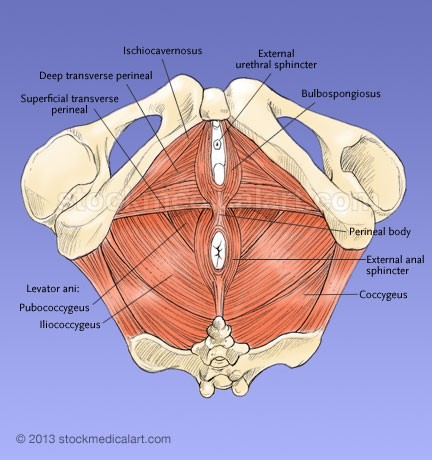
The Pelvic Floor Series 1 Foundational Concepts
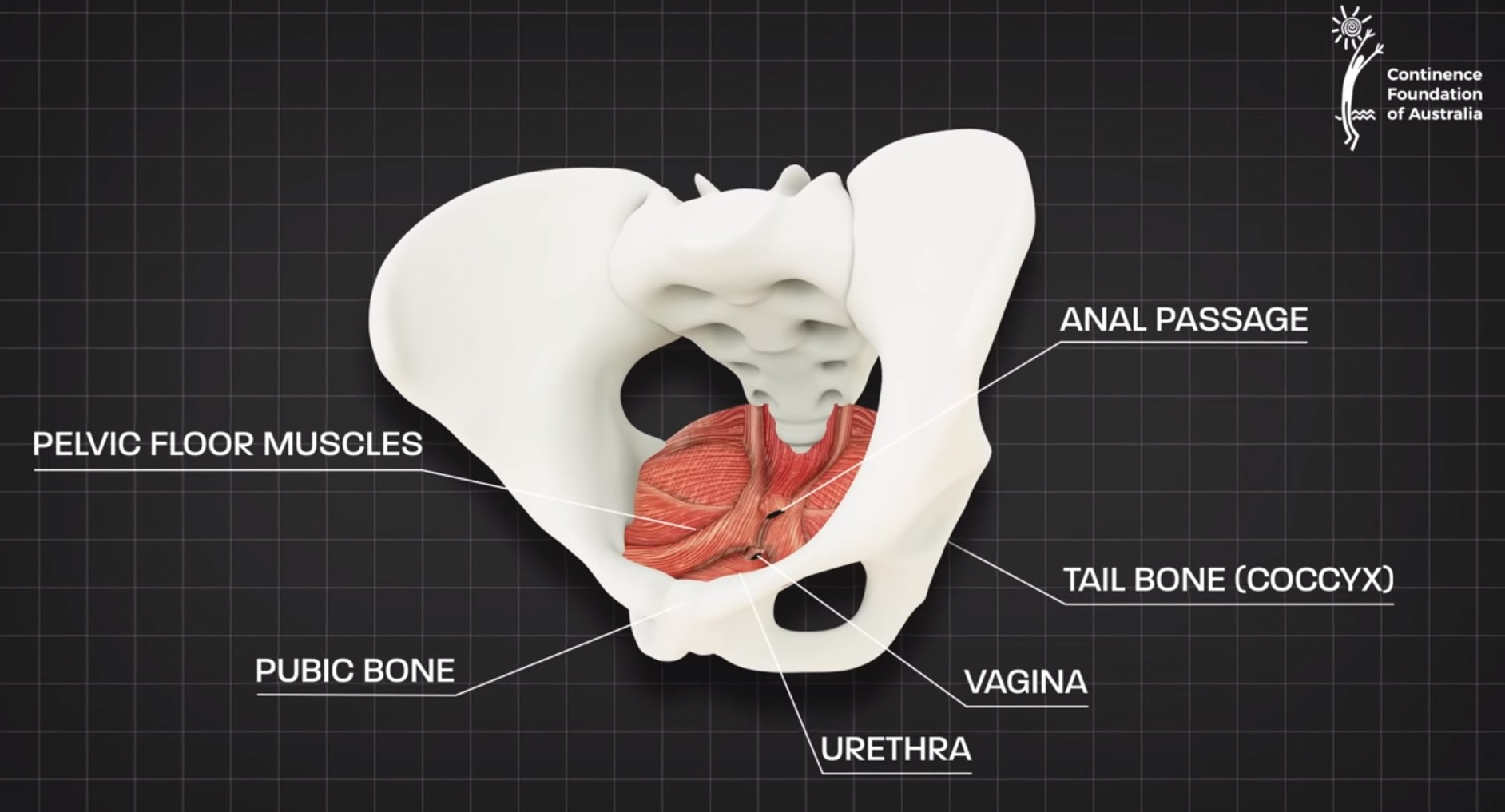
How To Strengthen Your Pelvic Floor Hamilton Health Sciences

Pelvic Floor Muscles Its Functions More Elara Care

Is A Tense Pelvic Floor The Cause Of Your Pain New Leaf Fitness Wellbeing

Pelvic Floor Dysfunction Gastrointestinal Society
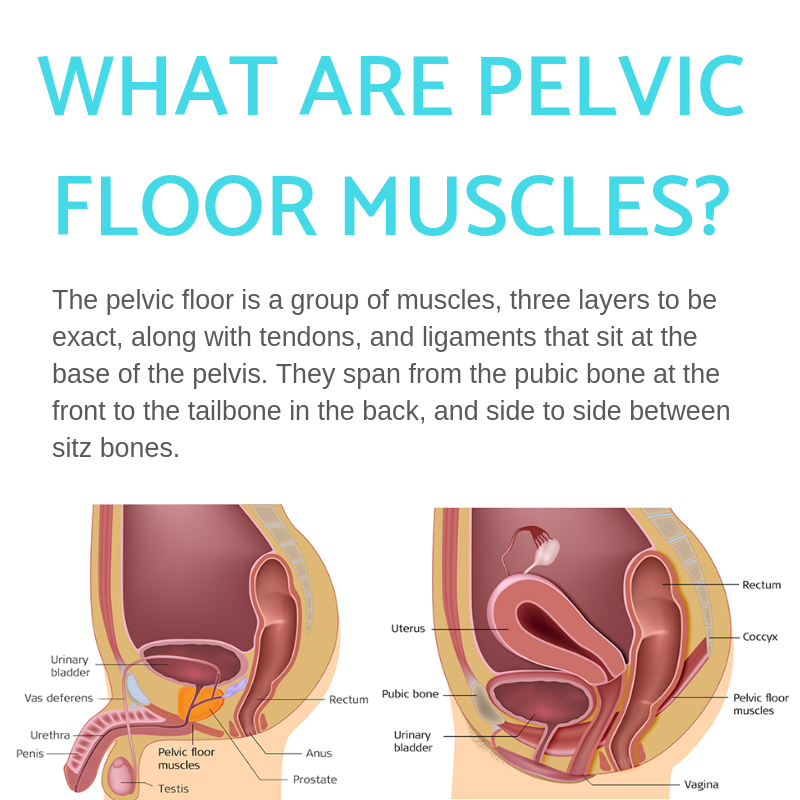
Pelvic Floor Muscles Five Important Roles Propel Physiotherapy
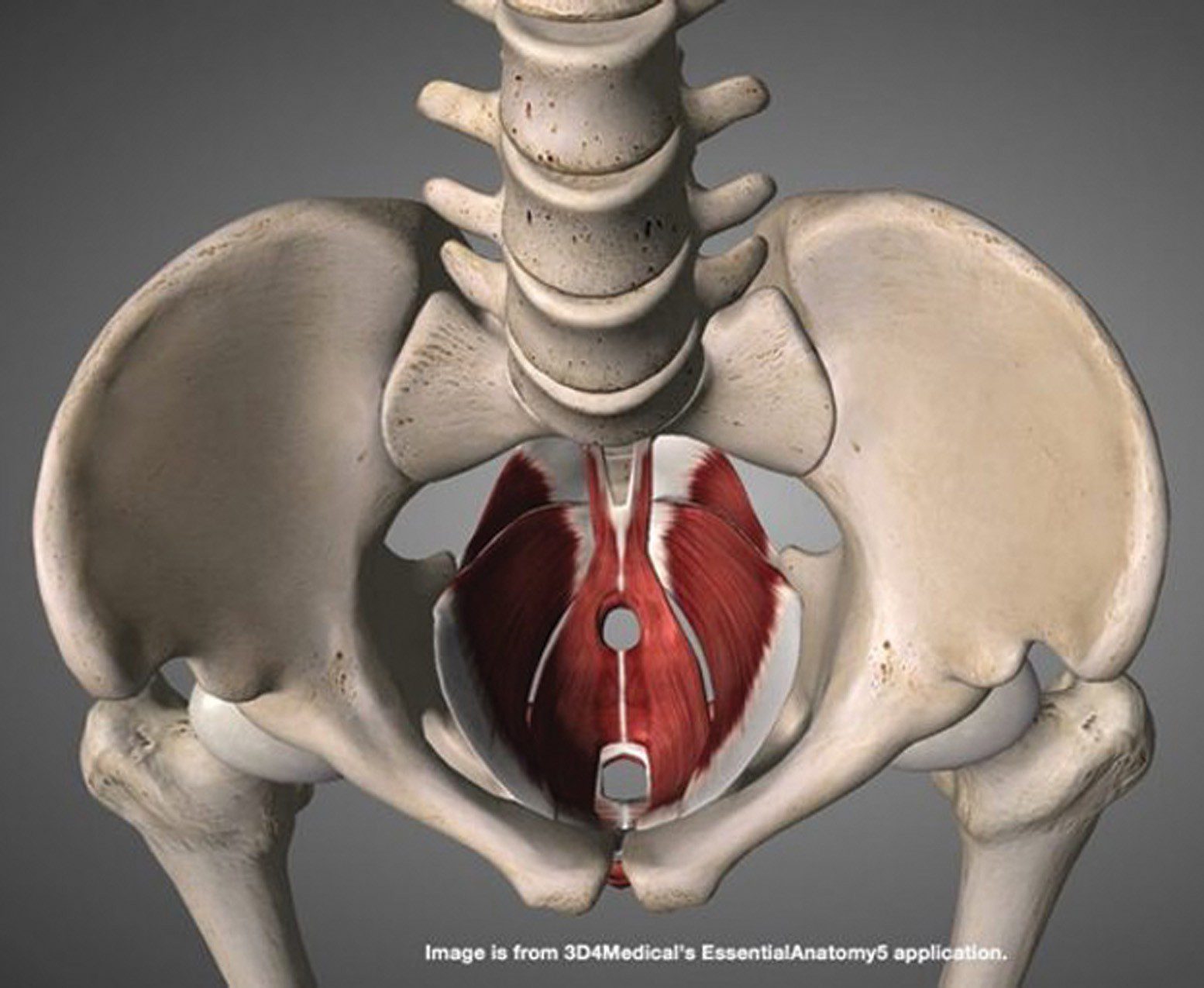
Do You Have A Weakened Or Tight Pelvic Floor Southwest Florida S Health And Wellness Magazine

Pin On Healing Chronic Genital Sexual Pain

Overactive Pelvic Floor Muscles In Endometriosis
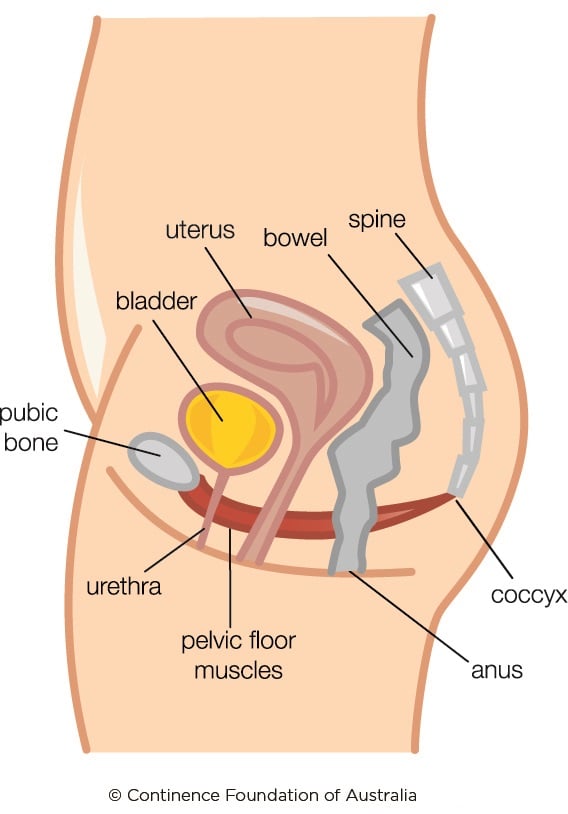
The Hypertonic Pelvic Floor Continence Foundation Of Australia
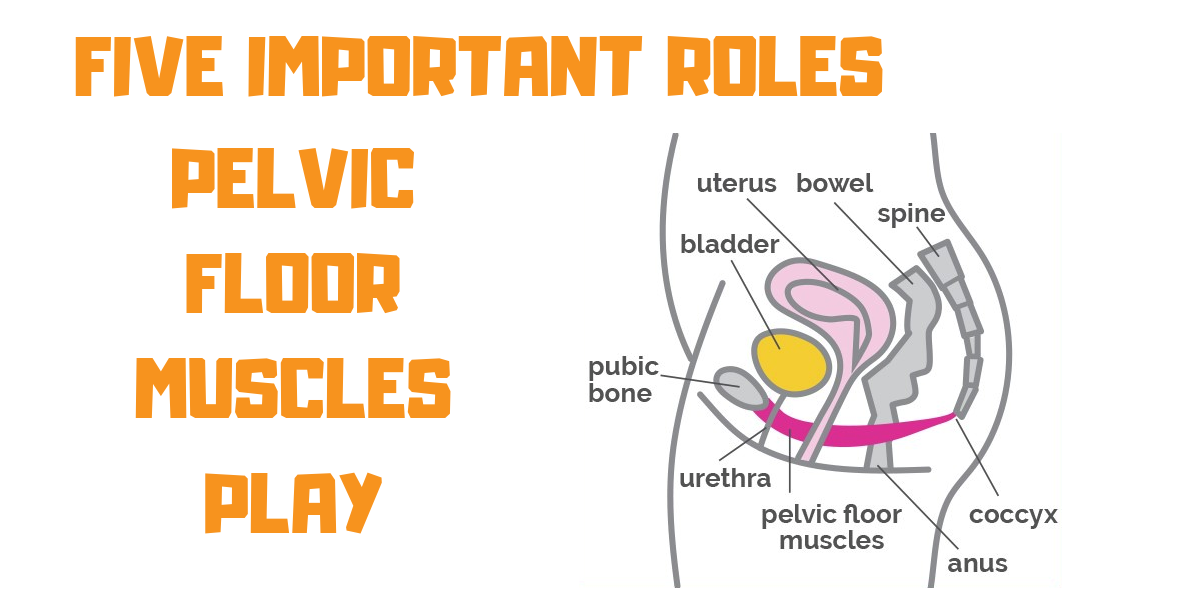
Pelvic Floor Muscles Five Important Roles Propel Physiotherapy
How To Do Pelvic Floor Exercises Lansinoh Uk

Do These 4 Moves To Loosen Tight Pelvic Floor Muscles Women S Running Pelvic Floor Pelvic Floor Muscles Muscle Stretches